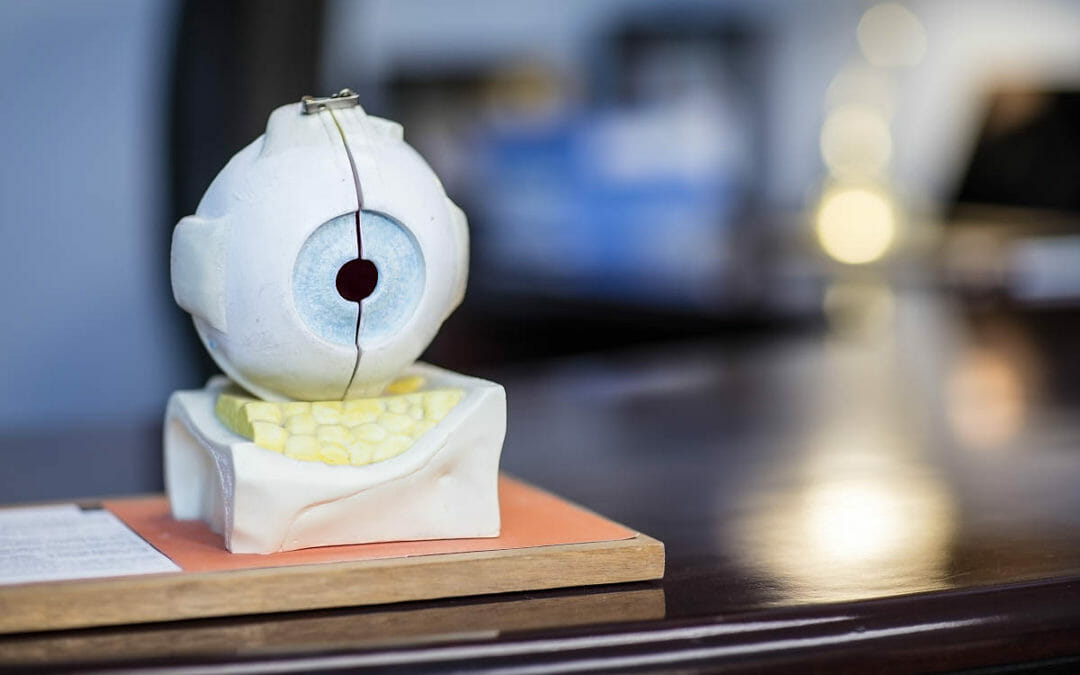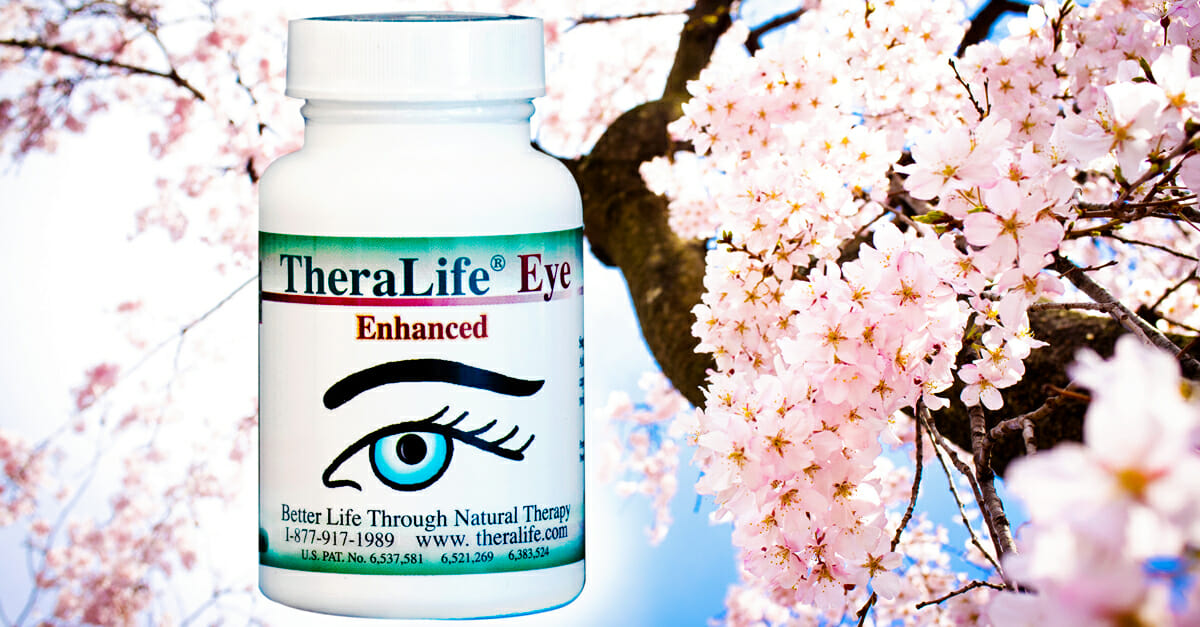Dry eyes result when your natural tears do not adequately lubricate the eye
Insufficient tears/ Evaporative dry eyes
Dry eyes occur as if the eyes produce a very low amount of tears, and the resulting tears evaporate quickly. It may affect a part of the eye.
Dry eye is a condition in which a person doesn’t have enough quality tears to lubricate and nourish the eye.
Tears are necessary for maintaining the health of the front surface of the eye and for providing clear vision.
Dry eye is a common and often chronic problem, particularly in older adults.
At a glance
At a glance: Dry Eye Symptoms: Burning, dry or scratchy feeling, blurry vision, red eyes
Causes & risk factors
Causes
For some people, the cause of dry eyes is decreased tear production or increased tear evaporation. If not treated, dry eye can cause lasting damage to the corneal surface and declining vision
Dry eyes are often caused if the tears aren’t balanced.
Dry eyes are often caused by irritants which can cause tearing.
Decreased tear production Dry eyes can occur when you’re unable to produce enough water (aqueous fluid). The medical term for this condition is keratoconjunctivitis sicca (ker-uh-toe-kun-junk-tih-VY-tis SIK-uh).
Your glands don’t make enough tears to keep your eyes wet Your tears dry up too fast Your tears just don’t work well enough to keep your eyes wet
Main Causes of Dry Eye?
People tend to make fewer tears as they get older due to hormonal changes.
Both men and women can get dry eye.
However, it is more common in women—especially those who have gone through menopause.
Dry eye can happen if you spend a lot of time looking at your computer, tablet, or smart phone causing tear evaporation.
If severe dry eye isn’t treated, it can sometimes damage your cornea, the clear outer layer at the front of your eye
Several factors can cause dry eye. Evaporation of water from the tear film can increase due to blepharitis /meibomian gland dysfunction .
If severe dry eye isn’t treated, it can sometimes damage your cornea, the clear outer layer at the front of your eye
Meibomian glayd dysfunction (MGD)
People who has ocular rosacea also has meibomian gland dysfunction(MGD), an abnormality of the glands on the edge of the eyelid (meibomian glands) that are supposed to produce the oil to prevent evaporation of the tears.
Blepharitis
Inflammation of the eyelids resulting from having chronic dry eyes.
Ocular Rosacea
When a patient has both dry eye and ocular rosacea, not only does he or she produce too few tears, but the tears that are made evaporate too quickly. This condition is very difficult to treat.
Medical conditions
People with rheumatoid arthritis, diabetes, and thyroid problems are more likely to have symptoms of dry eyes.
Autoimmune Diseases
Decreased tear production is often associated with an autoimmune or inflammatory systemic condition such as Sjögren’s , sarcoidosis , lupus or rheumatoid arthritis , which can damage the tear glands.
Watery eyes – “Pain sensation, such as dryness or discomfort, is part of the creation of tears, so eyes with decreased sensation will tear constantly.
Symptoms of dry eyes
Dry eyes are mild and can be deadly.
Some individuals have dry eyes that have irritation, gritty, scratchy or burning eyes that feel something in them, excessive dryness or blurred eyesight. A sandy or burning sensation on the eye surface. Other eye discomfort Blurred vision.
Eye redness that progresses through the day.
You feel like your eyes are stinging and burning . Blurred vision, especially when reading.
There are strings of mucus in or around your eyes.
Your eyes are red or irritated . This is especially true when you are in the wind or near cigarette smoke.
It is painful to wear contact lenses .
Dry eyes can be mild or deadly.
Mild cases are usually treated using eye drops, while serious cases require medically necessary medications.
Sometimes people need surgery for dry eyes.
Lifestyle modifications can help manage dry eye conditions.
Watery eyes
Having a lot of tears in your eyes with dry eye might sound odd. But your eyes make more tears when they are irritated by dry eye.
Diagnosis
Dry eyes may be diagnosed by thorough eye exams.
Tests with emphasis on evaluating quantity and quality of tears produced by the eye may include:
Tear film breakup time
A test that uses dyes on the ocular surface to observe the tear film breakup time. A fluorescein dye test, which uses an orange dye and a blue light to observe microabrasions of the tissue covering the front of the corneal epithelium.
Tear Osmolarity Test
A tear film osmolarity test, which determines the amount of solutes in tear film versus solvent (water) — this is known as tear composition.
Blood tests and other work-ups that are ordered in some cases to uncover an underlying rheumatological autoimmune disorders.
Treatments
Artificial tears
Over-the-counter eye drops. The most common treatment for mild dry eye is a type of eye drops called artificial tears. You can get these eye drops at your local drug stores.
Mild cases of dry eyes can often be managed using over-the-counter artificial tear solutions.
These can be used as often as needed to supplement natural tear production. No more than 3-4 times a day.
Preservative-free artificial tear solutions are recommended because they contain fewer additives, which can further irritate the eyes.
However, these tears are mostly water and do not have the lubricating qualities or the rich makeup of normal tears. They will wash dirt away from the eye, but they will not coat the eye surface properly.
People with dry eyes that don’t respond to artificial tears alone will need to take additional steps to treat their dry eyes.
Treatment for dry eye usually depends on what’s causing your symptoms.
There are a few different types of treatment that can ease your symptoms and help keep your eyes healthy.
Punctal Plugs
If tears are draining too quickly from your eyes, your doctor may suggest putting special plugs (called punctal plugs) in your tear ducts (small holes in the inner corners of your eyes). These plugs can help keep your tears in your eyes.
Punctal plugs allow more tears to remain around the eye. This is done with local anesthetic on an outpatient basis.
Your ophthalmologist could also recommend surgery that permanently closes your tear ducts.
Sclera Lenses
You may also opt for scleral lenses, which are special contact lenses that trap moisture onto the eye’s surface.
Lacrisert
A lipid pellet that release eye lubricants. An insert placed in the eye area slowly dissolves and thickens the tear film.
Autologous Serum Drops
Autologous serum drops: In severe cases of dry eye, artificial tears made from the patient’s own serum can be prepared and given 6 to 8 times a day in both eyes. This treatment, although often effective, is expensive ($300 to $400 every month)
Surgery
Surgery. In some cases, dry eye can happen because your lower eyelids are too loose, causing tears to drain too quickly out of your eye.
If this is the cause of your dry eye, your eye doctor may do surgery on your eyelids.
Nasal Spray
Nasal Spray. There is now a nasal spray that can be taken twice a day in each nostril to increase tear production which can relieve dry eye.
Prescriptions
Cyclosporine A drops ( Restasis) should always be tried for at least 6 months before permanent punctal occlusion to insure the patient doesn’t have tears running down the face ( epiphora ) when the dry eye inflammation is treated and the glands produce more tears.
The Food and Drug Administration (FDA) has approved Xiidra to treat both the signs and symptoms of dry eye diseases with an onset of action in as little as 2 weeks.
It is the first approved drug in a new class of medication called lymphocyte function-associated antigen 1 (LFA-1) antagonists.
This prescription eye drop helps your eyes boost tear production. Lifitegrast ( Xiidra ). These drops are taken twice daily to kick-start tear production.
Other medications and nutrition
You can use steroid eye drops, for short periods, along with long-term measures.
Adding fish oil or omega-3 to your diet or can also help.
Theralife All Natural Treatment for Dry Eyes That Works.
Home remedies
- Eyelid Wash. One way to produce higher quality tears is to keep your eyelids clean.
- Warm Compress. A warm compress increases circulation to the eye area and stimulates tear production.
- Add Omega-3 to Your Diet.
- Coconut Oil.
- Increase Caffeine Intake.
- Change Your Environment.
- Wear Sunglasses.
- Blink More.





